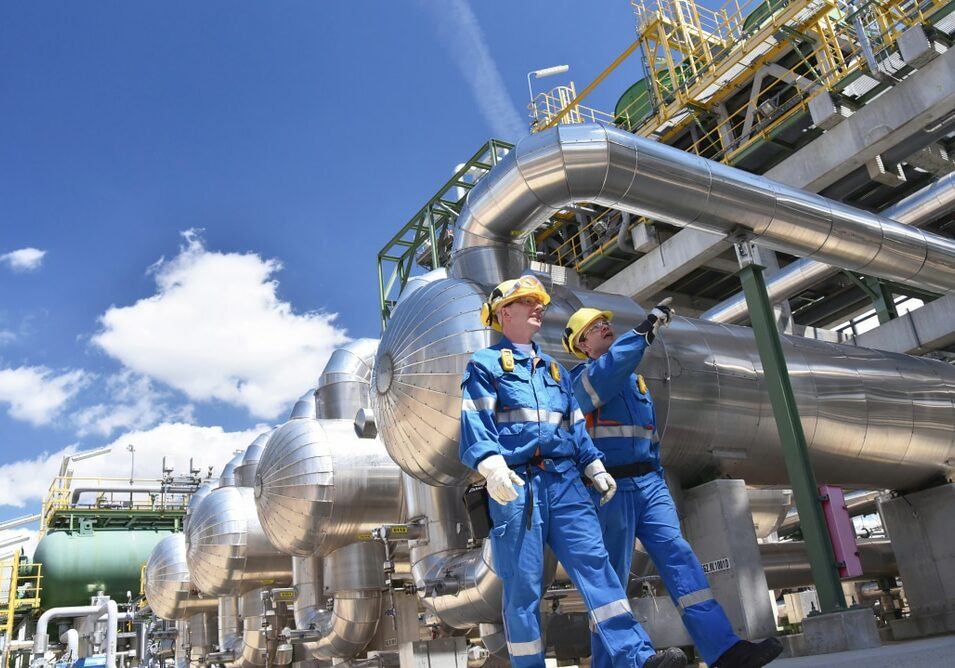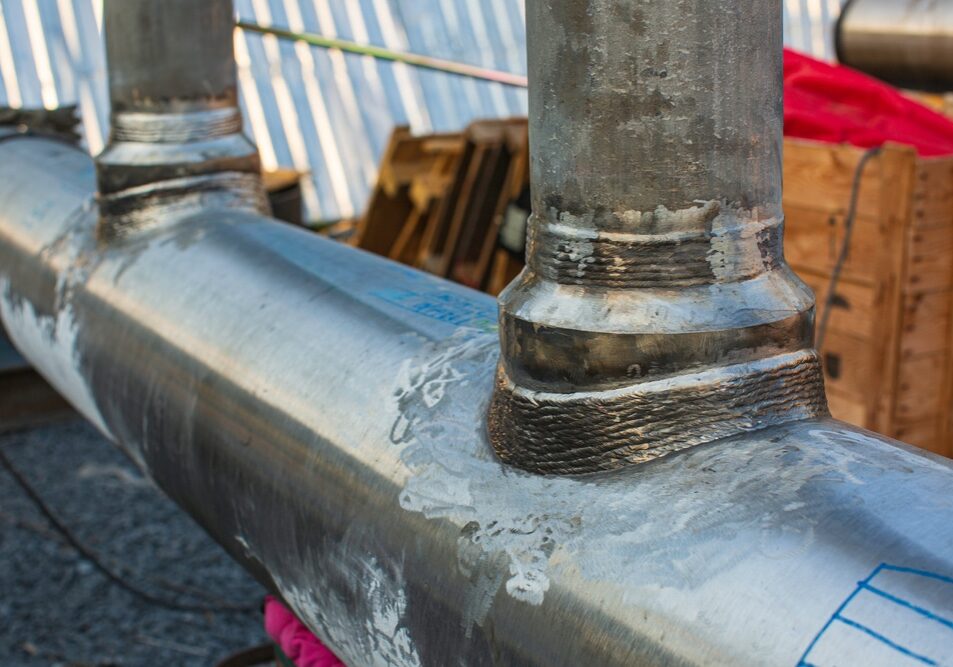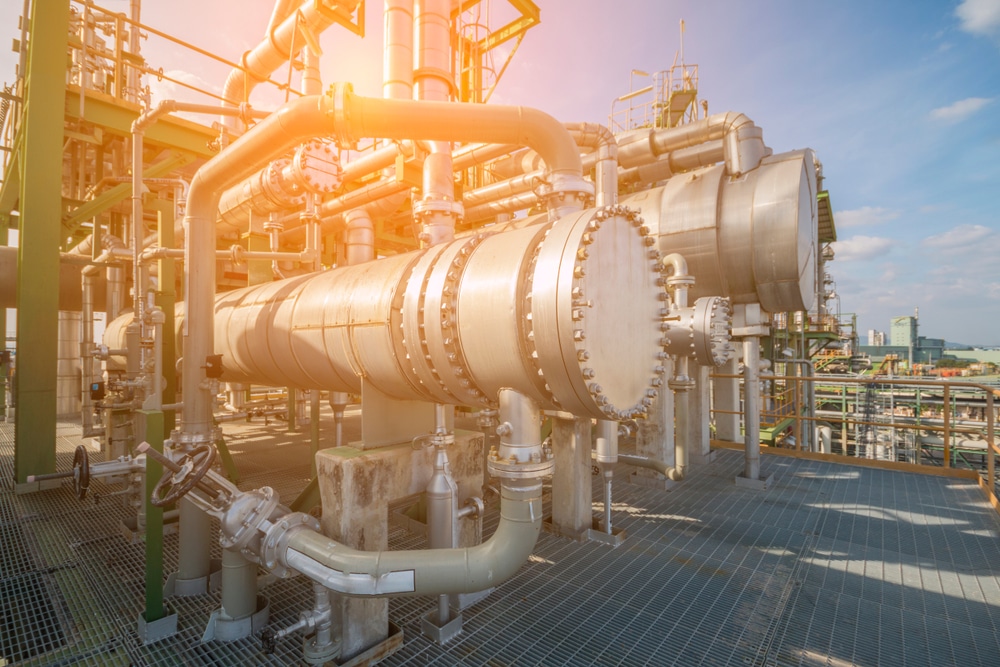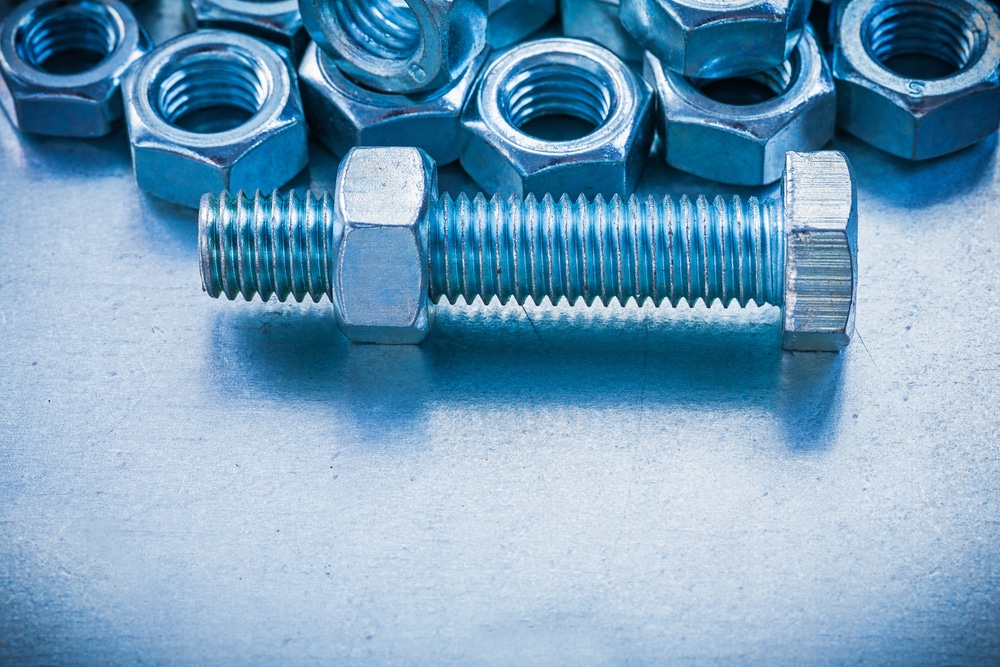Pitting corrosion occurs when aggressive anions, such as bromides, chlorides, fluorides, iodides, and sulphides, break the passive film on the metal surface, causing cavities to develop. These pits are like miniature versions of sinkholes that form under roads and can grow over time, causing structural weaknesses in critical materials.
Engineers often use a PREN number or “pitting resistance equivalent number” of the metal to determine its degree of susceptibility to pitting corrosion. This PREN number lets them compare various metals on a theoretical basis. However, the British Stainless Steel Association (BSSA) warns they should not use it to determine alloys' suitability for real-world applications.
This article explains what this PREN number formula is, the factors that affect it, and its applications. At the end, we will recap the key points for clarity.

What is a PREN number formula?
Pitting Resistance Equivalent Number is a measure of the resistance of steel to localised corrosion. The higher the number, the more resistant the material is to crevicing and pitting.
The Pitting Resistance Equivalent Number formula takes into account the percentages of protective elements the metal contains. Variations exist. However, the most common are:-
- PREN = %Cr + (3.3 x %Mo) + (16 x %N)
- PREN = %Cr + 3.3 x (%Mo + 0.5%W) + 16 x %N
Key:-
- Cr - chromium
- Mo - molybdenum
- W - tungsten
- N - nitrogen
The parameters in these models correspond to the degree of relative pitting resistance the corresponding elements confer.
The Pitting Resistance Equivalent Number value is significant because it enables a comparison of the corrosive resistance of various stainless steel alloys. It helps engineers in ranking and choosing the correct material for their application.
Lonestar Europe PREN Number Formula Calculator
Factors that affect your Pitting Resistance Equivalent Number
Various factors affect your PREN number.
- Alloying elements – alloying elements give the metal a protective oxide layer, protecting it from pitting and corrosive elements.
- Temperature – the temperature can impact the thickness and stability of the oxide layer. High temperatures can cause this layer to break down, exposing the underlying metal to corrosion. Therefore, real-world PREN may decrease at higher temperatures in various applications.
- pH level – acidity may affect the stability of the oxide layer and the speed with which corrosive elements can penetrate. More alkaline conditions (with higher pH) may result in superior resistance to corrosion.
- Chloride concentration – The concentration of anions (including chloride) in the environment can accelerate the breakdown of the protective oxide layer. Localised corrosion is more likely when concentrations of these are higher.

Applications of PREN
The applications of the PREN formula are considerable. Various industries use the method as a criterion for safe and effective material selection. Engineers in chemical processing, oil and gas, seawater and desalination industries regularly use it to identify suitable stainless steels for their applications. PREN lets them explore various grades and choose the one offering the best trade-offs between strength, durability, corrosion resistance, and price.
The PREN values of various steels and related materials can vary considerably. Therefore, engineers must choose carefully.
Ferritic, low-carbon steels use chromium as the main alloying element. Their PREN values are low, ranging from approximately 16 to 30. However, these alloys are also relatively inexpensive, making them suitable for various bulk applications.
Austenitic steels are high-carbon steels that use a combination of chromium and nickel as the primary alloying elements. Their PREN values are slightly higher, ranging from 18 to 34, offering more corrosion resistance.
Duplex steels are more resistant, still. Also known as austenitic-ferritic steels because of their metallurgical structure, their PREN values range from 30 to 40.
Lastly, super duplex steels have extremely high PREN values, ranging from 40 to 50. “Hyper-duplex” steels may have PREN values higher than this.
Benefits of using materials with high PREN values
The benefits of using high PREN-value steels are considerable.
The main benefit is their superior corrosion resistance. Pitting in chloride or anion-containing environments is significantly less likely to occur. Increasing the concentration of protective elements, such as chromium, molybdenum, and tungsten, gives the protective oxide film a greater ability to heal itself against pitting corrosion.
High PREN steels may also confer additional benefits, including:
- Greater strength and toughness than low-PREN-value materials
- Reduced maintenance costs, especially when used in piping applications
- Greater equipment reliability
Conclusion
In summary, 'Pitting Resistance Equivalent Number' is a measure of the degree to which stainless steel alloys can resist pitting corrosion. Ferritic steels are cheap and cheerful but have low PREN values, while premium duplex steels offer the most corrosion resistance.
PREN is an essential tool in material selection. Engineers can use it to explore hypothetical differences between various metals to choose the ones that balance their price-performance objectives.
LoneStar Fasteners Europe is a leading manufacturer and supplier of high-performance fasteners that adhere to relevant standards and provide our customers with the solutions they need to maintain safety and compliance. Learn more about our precision bolting or contact us to make an enquiry.
Quotation / Information Request



